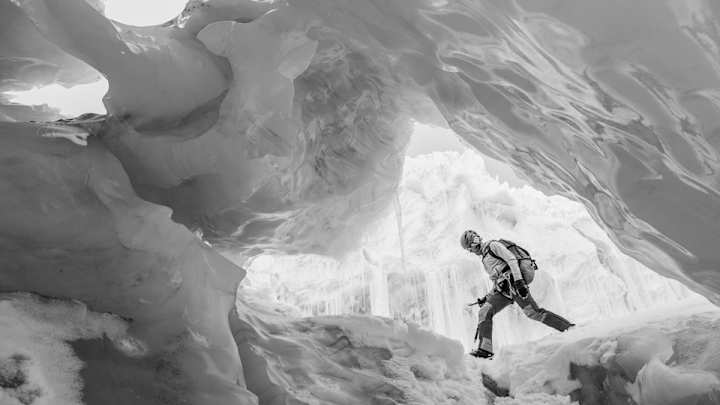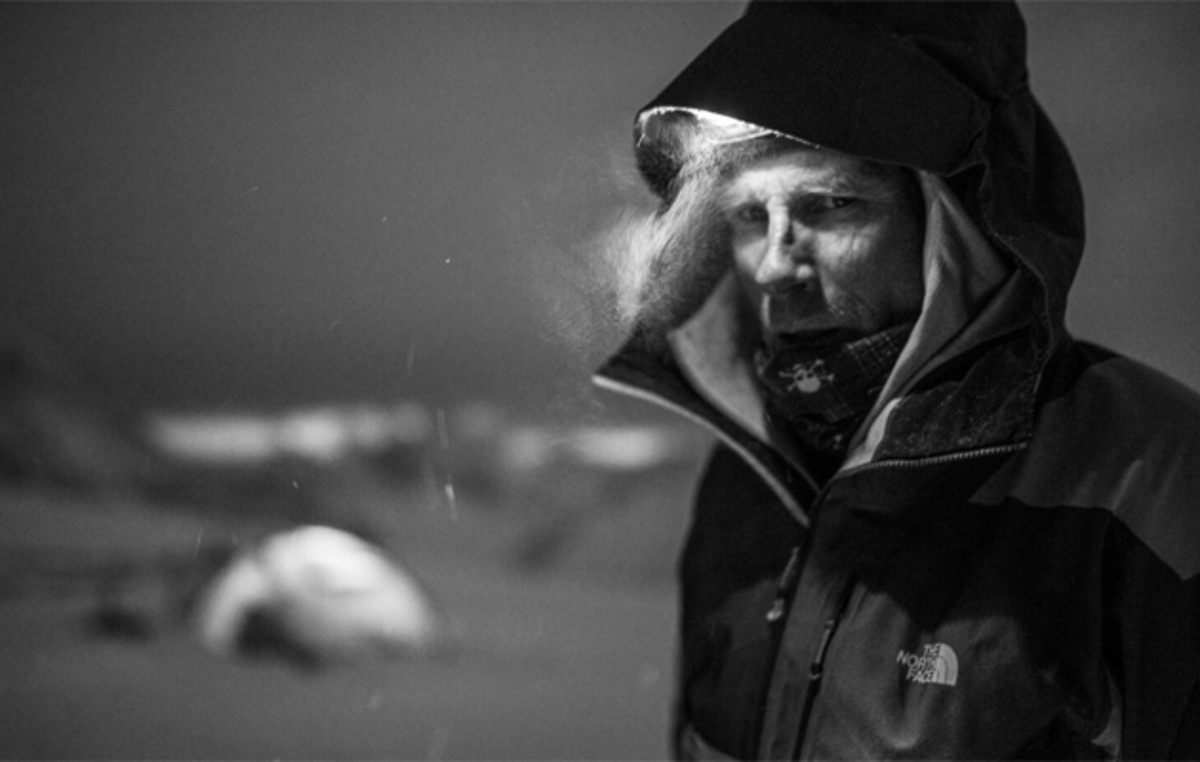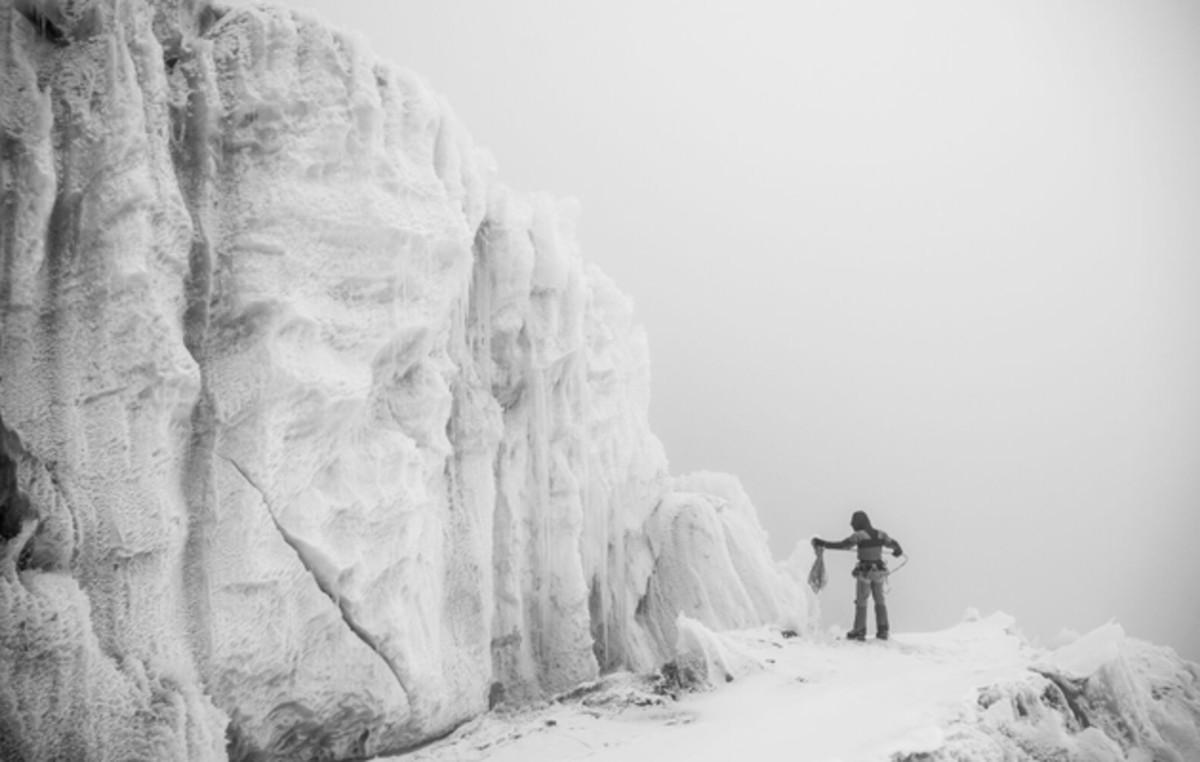Conrad Anker, Renan Ozturk design gear for the modern mountaineer

Instead of spending loads of time inside The North Face’s California-based headquarters to design the company’s new elite Summit Series line for mountaineering, alpinist Conrad Anker and RenanOzturk took the research and development process to the outdoors. Like in the mountains of Montana, Minnesota, Europe and Nepal.
The process was a new approach at designing a high-tech system of gear. And the result was a completely re-imagined layering system for alpinist athletes.
“Working with the development team, we were pretty clear,” Anker tells SI.com. “We need one set up. We need eight things, not 30 things. Let’s make these things as best as we can.”
Breaking down the pro ski, snowboard 2015-16 season: A hot winter ahead
, the company’s vice president of global product, tells SI.com. “We work with our athletes to build a lot of our products, but the difference (on Summit Series) was the intensity and specificity in which we did this project.”
What Anker, Ozturk and others settled on was a six-piece line, dubbed L1, L2 and so on for layer one, layer two, similar to how Seal teams set up their layering system, Vernachio says.
Ozturk tells SI.com that from the start the process was about building elite athletes their own kit and not pushing millions of units to the masses. That focus on the athlete gave him freedom to help design a project focused on specific uses. The goal was to create a product assortment to work for winter climbing in North America, Europe and parts of Asia under 7,000 meters. “This is the ultimate expression of designing an entire system with all the latest technology,” Ozturk says. “The floodgates are open with this thing.”
The system includes a baselayer top and pant (L1), a midlayer thermal fleece (L2), an ultra-light 800-fill RDS down jacket (L3), a synthetic midlayer—the warmest the company has made yet, it claims—with ThermoBall material that retains its insulation loft even when wet constructed with new technology (L4), a waterproof shell jacket and pant with breathable venting and the company’s FuseForm construction to minimize seams for one-piece construction (L5) and a 800-fill belay jacket (L6).

admits you aren’t likely going to wear all the layers at one time, having only six to pack on a trip means you could wear them all together if you wanted.
“When Renan and I were on Rao, we had six or seven layers on,” Anker says. “When it gets really cold you are layering up. Perhaps really lightweight wool next to the skin and polyester L1 over that, an L2 hardface jacket when climbing and then an intermittent belay would be a L3 or L4 with the shell on.
“If you climb expedition, you will have a variety of those layers on and use them according to what it is like on that given day,” he says. “In shade and wind, you want an L6. When up 5,000 meters in the Himalayas, you want two layers to make sure you are not getting too hot.”
Extreme Exposure: North Korea set to host snowboarding's elite, more
says. “We designed for the physical exertion of a climber and that is one of the benefits of working with the design team.”
By designing for alpinist and not the general mountain weather, Anker says they were able to hone in the number of layers and some of the specific design features, such as removing the internal gaiter for a narrower pant cuff on the L5 shell. “They trusted us with that to make a climbing pant, not a ski pant,” he says. He asked for more volume in the thigh for added range of motion and a tighter cuff for less material.
In the L6 jacket, on the back of the hood is a clip-on to allow climbers to hang the coat on climbing gear in a way the snow can’t get inside the coat. “Getting down to these small points and asking the designers to work with them,” Anker says, was the fun part of making this alpinist gear.
Ozturk says the work on the FuseForm—one-piece construction that allows designers to weight the fabric differently over the product without adding seams—gives a lighter and stronger jacket in one piece. During the process the alpinist visited the fabric weavers and dyers in Taiwan to see the process and learn more about how the technology could work. It was there they saw the FuseForm nylon—the same material used to make climbing ropes—and the way weaving it in different styles influenced the durability and weight. “Having been in the factories, seeing and understanding what the limitations of fabric are and what opportunities are,” Anker says, “we know if, for example, we can get more flexibility there or if we are dreaming thinking we can get something like that.”

—depending on the humidity and moisture—on climbing days.
The Summit Series was built to wear them as a kit, Ozturk says. Sure, each piece stands alone, but together the climbers worked with designers to move around pockets, zippers and internal features to allow the greatest access to the different layers even with them all on. Plus, Vernachio says, you don’t want all the zippers lining up right on top of each other for added bulk.
Even with such an intense focus on function, Anker and Ozturk didn’t want to forget about the importance of aesthetic. And, of course, design has function too. The team went with gray and black—monotone colors—for the line. Not only does the black help absorb heat in the mountains, but Anker says the gray and black offer a more natural view of the outdoors.
“In Montana, where we ice climb and do product testing, it is volcanic rock in gray and black,” he says. “Minnesota and Boundary Waters is a very monochromatic type of environment. That is what nature has for us and it is a way of blending into the environment. If we think of the Skittles color palette, where are those bright orange and yellow and teal, where do those occur? Those are in rain forests and tropics. We think about the art of the mountains. The ability to have that color (greys and blacks) in there, we are pretty psyched.”
Tim Newcomb covers stadiums, sneakers and training for Sports Illustrated. Follow him on Twitter at @tdnewcomb.
